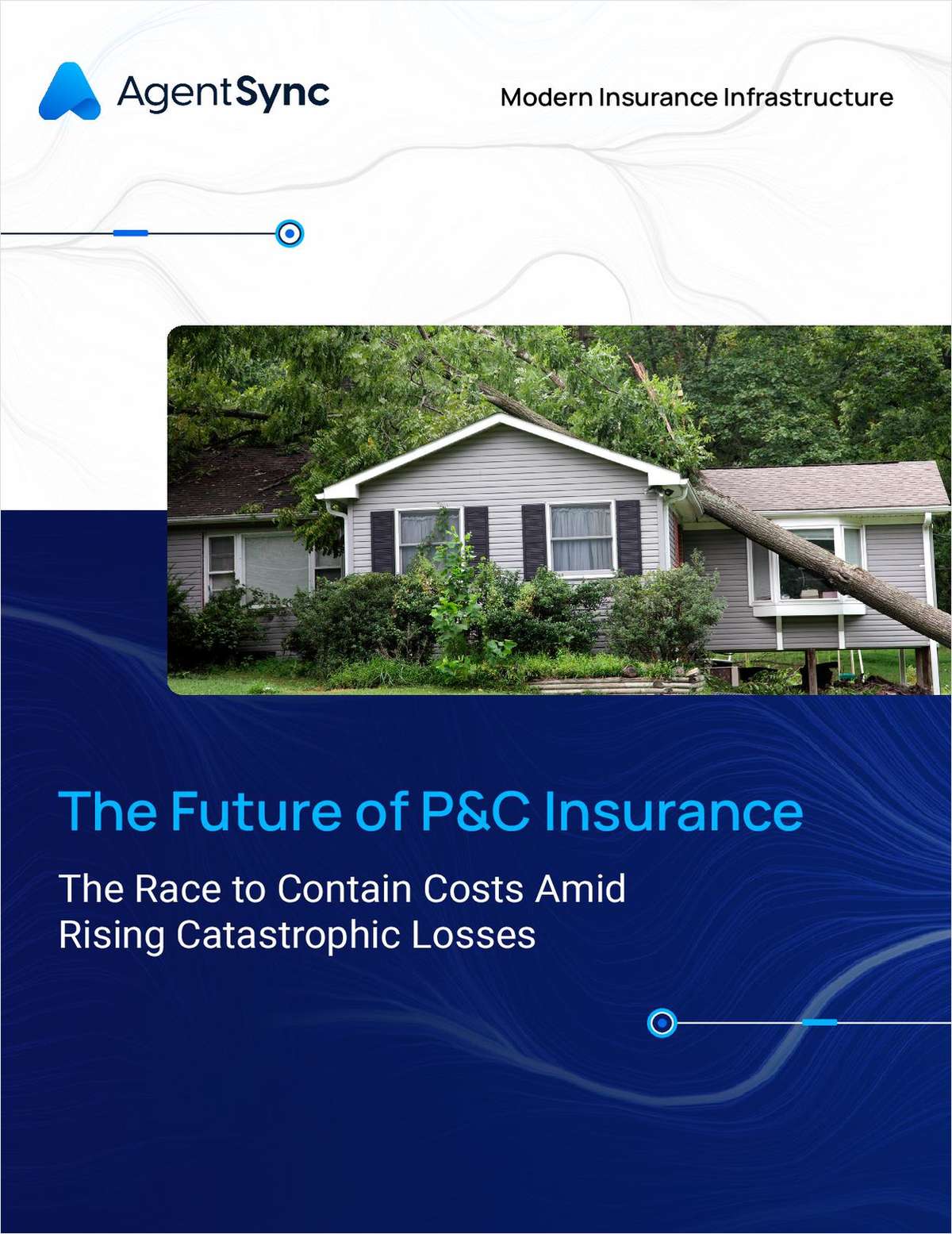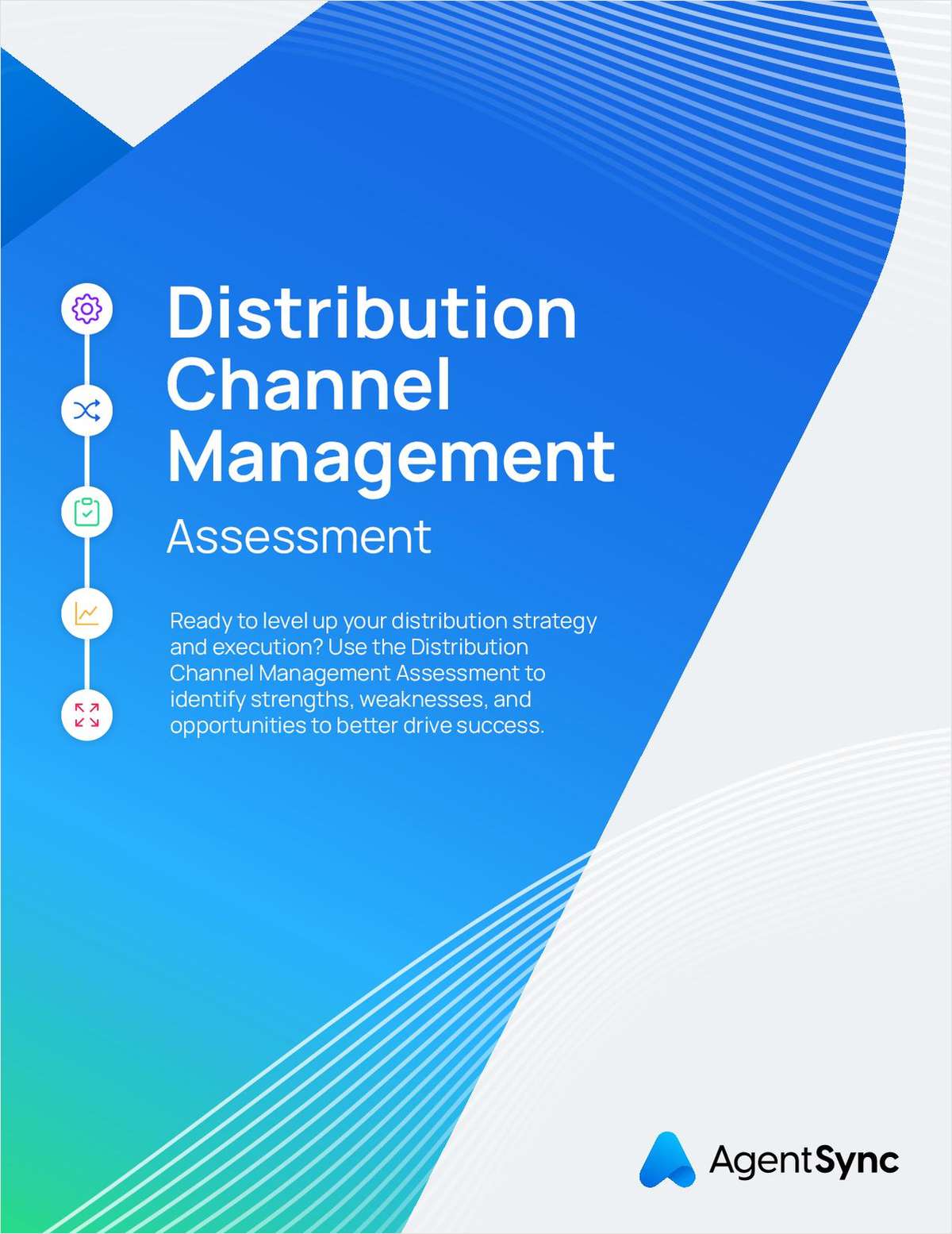The automotive industry is in the early stages of fundamental transformations that are beginning to radically change both frequency and severity of auto claims. Rapid adoption of new technologies, materials and more powerful engines are driving these changes. Hybrid cars are beginning to reach critical mass. Electric powered vehicles like the Nissan Leaf, Chevy Volt, and Tesla Electric Vehicles are about to hit showrooms around the country.
Collision avoidance systems using radar and sensors are already in some high-end luxury cars and will inevitably move into the mainstream market. Event Data Recorders (EDRs), reporting on driving habits and usage along with accurate GPS-based location tagging, are becoming mainstream. New materials, components and crumple zones have altered injury and severity profiles.
Examples of impacts:
- Recent claims data on hybrid cars already reveals trends that are not always intuitive or expected. Industry Trends reports that hybrid car claim severity is 6.5 percent higher than the average gas-powered vehicle claim. A major contributor to these higher claim costs is the availability of original manufacturers’ parts versus aftermarket repair parts.
- The Highway Data Loss Institute notes surprisingly that hybrid electric vehicles (HEV) typically have higher collision claims frequencies than their internal combustion engine (ICE) counterparts. HEVs are more likely to hit pedestrians and cyclists due to their almost-silent operation when running only on battery power. Best Review reports that Toyota Prius owners receive 65 percent more traffic tickets than ICE vehicles.
- HEVs and EVs also introduce new hazards in accidents in terms of high voltage components and compromised battery packs. Battery pack location is also a significant variable. When a battery pack is damaged, unlike your current car battery, it is not repairable. It has to be totally replaced and almost inevitably requires dealer network support.
- New components such as LED lights add considerably to the cost of repairs. A headlamp employing LED technology can run over $1000 to replace on even entry-level luxury vehicles.
Sales Trends
Current sales of new technology hybrid electric and electric vehicles are modest, but projected to rapidly increase. There is still a significant price differential for HEV and EV vehicles compared to conventional. This differential is partially offset by state/federal tax incentives. These incentives are time-boxed and sometime capped. The differential will inevitably close as volumes and competition increases.
As gas prices increase, these new technologies become more attractive. Availability of infrastructure support such as charging stations is also critical along with average commute mileages. Some suggest the $5 per US gallon threshold will be broken in 2012, spurred on by growing Asian demand. All these variables need to be monitored and assessed as lead indicators of future sales of HEV and EV vehicles.
Fuel Mileage Standards
Fuel mileage standards will also change the mix of new vehicles being sold as manufacturers work hard to meet the thresholds required. The National Highway Traffic Safety Administration (NHTSA) and the Environmental Protection Agency have jointly released new Federal CAFE fuel mileage and greenhouse gas emissions requirements that will cover the 2012 through 2016 model years. The estimated fleet-wide fuel economy standard has been set at 34.1 miles per gallon by 2016, though improvements in air conditioning systems will bring that number up to around 35 mpg. That equals a standard of roughly 250 grams of carbon dioxide per mile. The overall fleet fuel mileage requirement will be an average between both passenger cars and light trucks, and NHTSA is predicting that the 2012 numbers will be 33.3 mpg for cars and 25.4 for trucks in 2012, rising to 37.8 for cars and 28.8 for trucks by 2016.
Fast-Moving Changes
Rating agencies currently use auto symbols to differentiate between different vehicles, but are generally over-weighted by historic trend data and less by future emerging trends. While general trends and rating agency data services are foundational for most carriers, the specific demographics of each book can differ enormously with unique characteristics especially for carriers targeting specific affinity markets and geographies. Unless a carrier is monitoring and managing trends—especially leading indicators—on a frequent basis, it will find its practices and rates to be less than optimal.
To stay profitable yet competitive, auto insurance companies have to become far more agile and responsive as new data and trends emerge. Companies will need capabilities to identify, capture and analyze new kinds of information, some of which does not exist today. Responses will require changes in both rates and classifications as well as claims adjustment practices.
Business Intelligence is Key
Business intelligence systems providing key performance indicators (KPI’s) are vital to identify and monitor indicators to track trends that are diverting from the norm. This requires a systemic approach that combines claims, policy, reinsurance and distribution dimensions of data along with external source data enrichment. Only after this data is combined and mined, will companies have a comprehensive view of what is actually going on.
Underwriters and rating actuaries in particular need to have a fast feedback loop. Only through this streamlined feedback approach can they be more proactive in updating practices, rules and rates as trends emerge.
It’s for this reason that insurers need an enterprise-wide view of data and processes and develop a business intelligence framework. This holistic approach transcends traditional silos to provide the richness of cross-domain analytical data needed. It is only by looking at all data simultaneously that policy, rating, underwriting, claims, and reinsurance business decisions can be made that will bring the greatest reward back to the company.
In addition, business rules need to be externalized from the programming code in a business friendly repository. The repository needs to be easily maintained for the needed responsiveness to changes. Where process flows have to be overhauled, having a business process management capability is critical to make fast adjustments.
Those companies that can identify and quantify those trends earlier and can respond quickly will have a distinct advantage over their competitors. There is no doubt that increased volatility in claims experience will drive many IT initiatives to improve capabilities in these key areas.
Want to continue reading?
Become a Free PropertyCasualty360 Digital Reader
Your access to unlimited PropertyCasualty360 content isn’t changing.
Once you are an ALM digital member, you’ll receive:
- Breaking insurance news and analysis, on-site and via our newsletters and custom alerts
- Weekly Insurance Speak podcast featuring exclusive interviews with industry leaders
- Educational webcasts, white papers, and ebooks from industry thought leaders
- Critical converage of the employee benefits and financial advisory markets on our other ALM sites, BenefitsPRO and ThinkAdvisor
Already have an account? Sign In Now
© 2025 ALM Global, LLC, All Rights Reserved. Request academic re-use from www.copyright.com. All other uses, submit a request to [email protected]. For more information visit Asset & Logo Licensing.








